Last Updated on December 20, 2025 by Emma Fajcz | Published: April 2, 2019
From understanding wine culture in Italy to a little cheat sheet with some of our favorite Italian wineries by region, here’s everything you need to know when faced with an Italian wine list!
We’ve all been there… you go to a restaurant, you’re handed the wine list, and you have absolutely no clue on which wine to order. That’s when your eyes turn to the right column of the list and you base your selection on the price of the bottle.
You think to yourself that the most expensive wine bottle is going to be the best one, right? WRONG! That’s not how to navigate a wine list in Italy – or anywhere else for that matter!
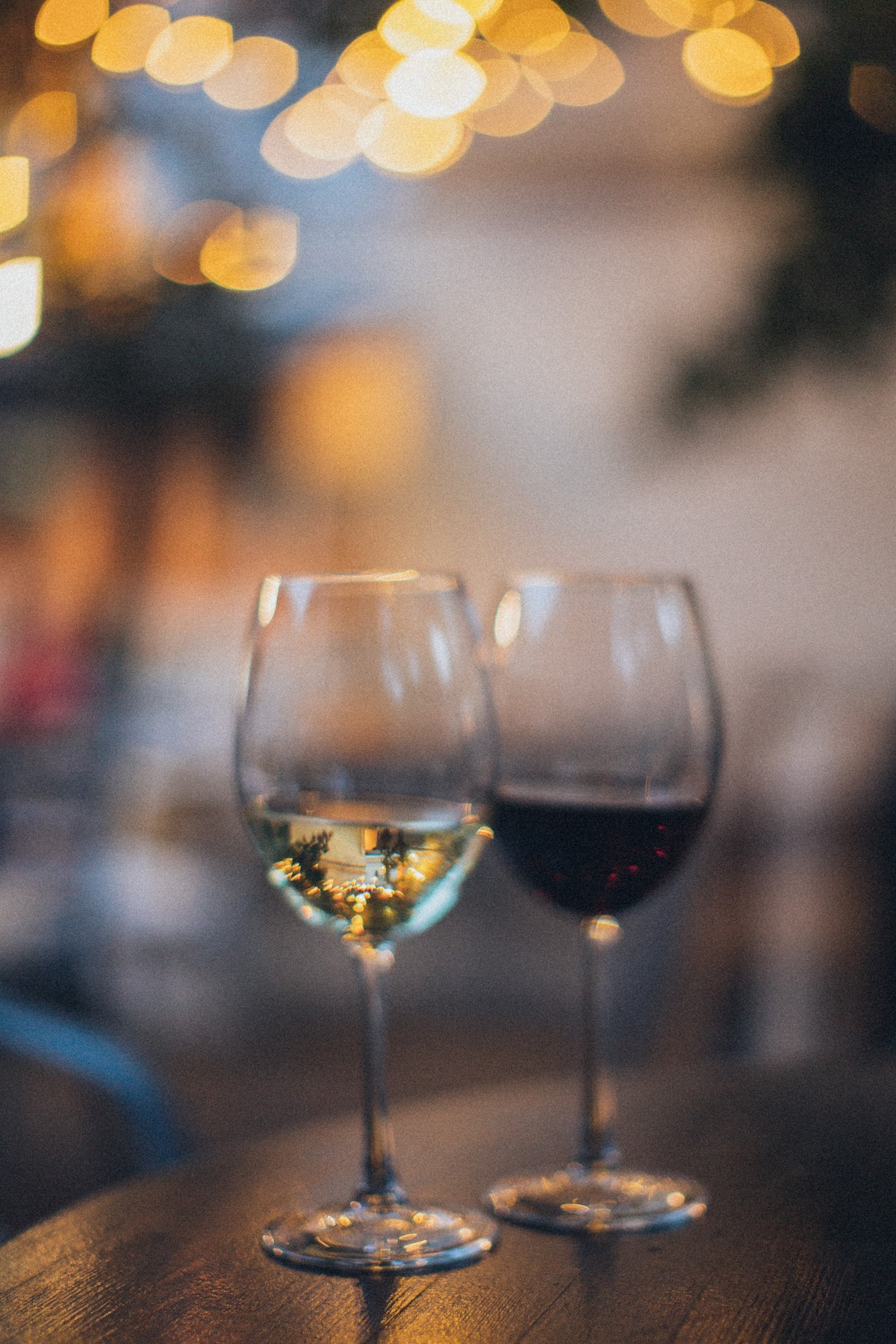
What's Included
Types of wine: red, white, and sparkling
First things first, when navigating an Italian wine list you need to ask yourself whether you’re going to have red wine (vino rosso), white wine (vino bianco) or sparkling wine (prosecco)?
On what should you base your decision? On the type of food that you intend to order! Your best bet is always to ask the sommelier. He or she will know how to pair your wine with food!
Most people think that white wine should be ordered with seafood, and red wine with meat. But that’s not entirely true! There are many red wines that are great with seafood too; it all depends on balancing out the flavors. Prosecco, a famous Italian sparkling wine produced in the north of Italy, is usually ordered for aperitivo.
The best places to try wine in Italy? In the famous wine bars, called enoteche.

Ordering wine in Italy
Should you order a glass of wine or a bottle of wine? It all depends on how much you want to drink! But if you’re two people and you plan on having two glasses each, definitely go for the bottle—it’ll turn out cheaper in the end since one bottle of wine is usually five glasses!
Mezze bottiglie (half bottle)
If you’re at a restaurant, you’re going to have the option of ordering a bottle of wine (750 ml), a half bottle of wine (una mezza bottiglia, 375 ml) or a glass. But if you’re in a no-frills restaurant like a Roman trattoria or osteria, you’ll also have the option of ordering other sizes of the house wine.
Other sizes of wine: from a litro (one liter) to a sospiro (one glass)
The most famous wine carafe sizes in Rome are known as un litro, for a liter, the mezzo litro or foglietta for half a liter (500 ml), un quartino, for a quarter of a liter (250 ml), and the chirichetto for a fifth of a liter (200 ml). The smallest of all is the sospiro or sottovoce, which literally means sigh or whisper. The sospiro is a tenth of a liter and it’s called this because the customers who ordered it would whisper it to the waiter, as it was the smallest wine size and usually meant you didn’t have enough money to buy a bigger carafe.
Considering the wine glasses are smaller at these no-frills restaurants, a litro is around 8-10 glasses, a mezzo litro is around 4-5 glasses, a quartino is about 2-3 glasses, a chirichetto is around 1-2 glasses and the sospiro is one glass.
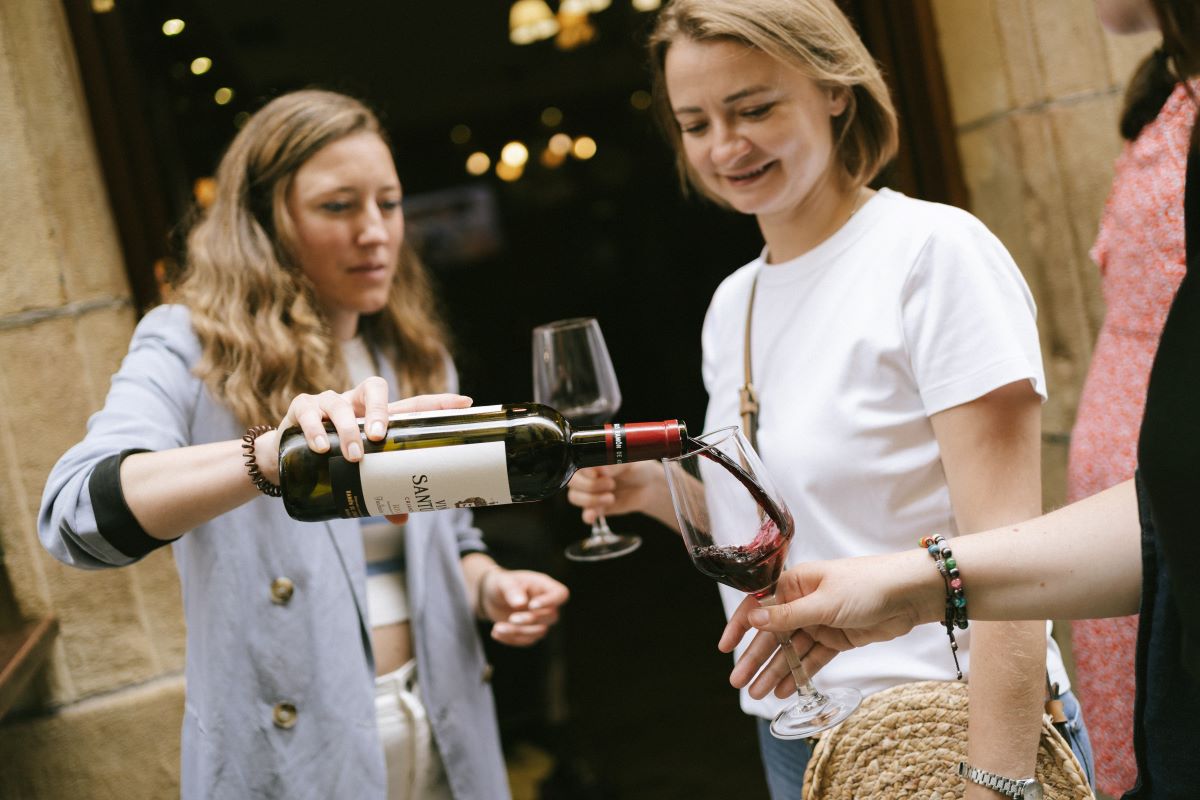
DOCG, DOC, and IGT: Wine classifications
Any wine enthusiast will tell you that knowing your wine classification is important! But what do “wine classifications” mean?
Simply, they’re a way to indicate and trace where the grapes were grown and where the wine was produced. As you may know, certain wines can only be produced in specific geographical areas, and therefore are classified by their place of origin, or appellation.
Don’t make the mistake of thinking that DOCG wines are the best though! Some of the Super Tuscans are made with blends of grapes grown in different areas, such as the Merlot and Cabernet, and are therefore “downgraded” to the IGT classification, but they’re incredible wines!
DOCG
The strictest type of wine classification in Italy is DOCG, Denominazione di Origina Controllata e Garantita. Wines with these classifications have to be made in DOCG-protected zones in Italy and have to meet strict standards.
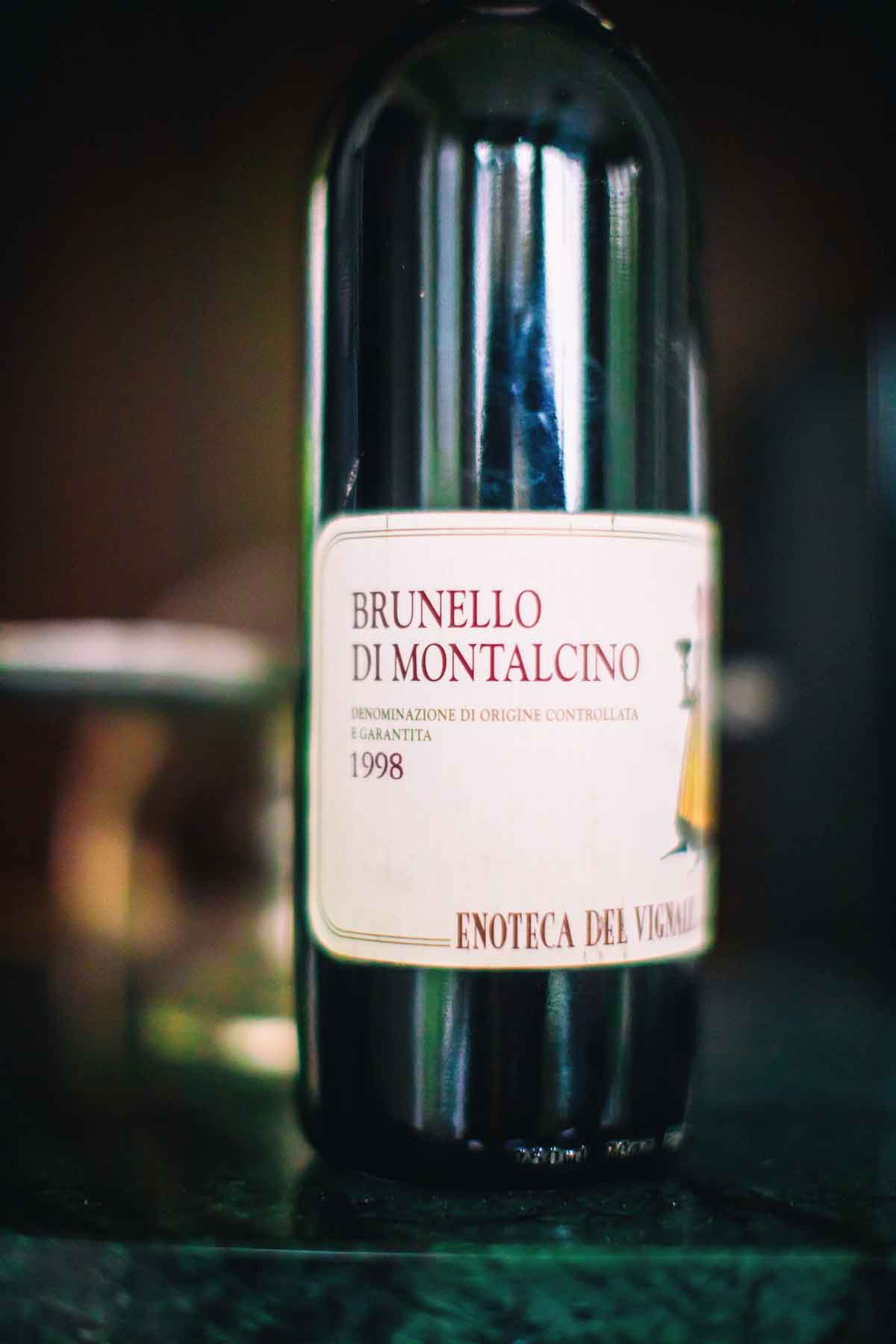
DOC
Another famous classification is DOC, Denominazione di Origine Controllata. Like its sister DOCG, these types of wines have to be produced in specific areas with specific regulations. It’s the Italian version of the French AOC classification, Appellation d’Origine Controlee.
IGT
Then we have the IGT classification, Indicazione di Geografica Tipica. This type of wine label means that the wine has to be made in a particular region, but the wine can be a mix of different grapes.
Italy has a very rich wine culture.
What about the house wine?
There are restaurants, especially trattorias, that serve what is known as vino della casa, house wine. It’s a type of wine that belongs to the least strict wine classification in Italy: VdT or vino da tavola. These types of wines don’t have strict regulations, they just need to have been produced in Italy.
Back in the days, the vino della casa was wine that was produced by the restaurant’s owners. Today, house wine is actually a wine that has a good price-quality ratio, that the owners purchase at a very low price, and is generally ordered by customers who don’t want to spend too much money on wine. For this reason, you can’t know if the house wine that you’re being served is of good quality or not. If you don’t want to risk it, ask for the wine list.
In any case, if you’re ever in Rome at Trattoria Da Teo, their red house wine is quite good, and you can definitely go for it!
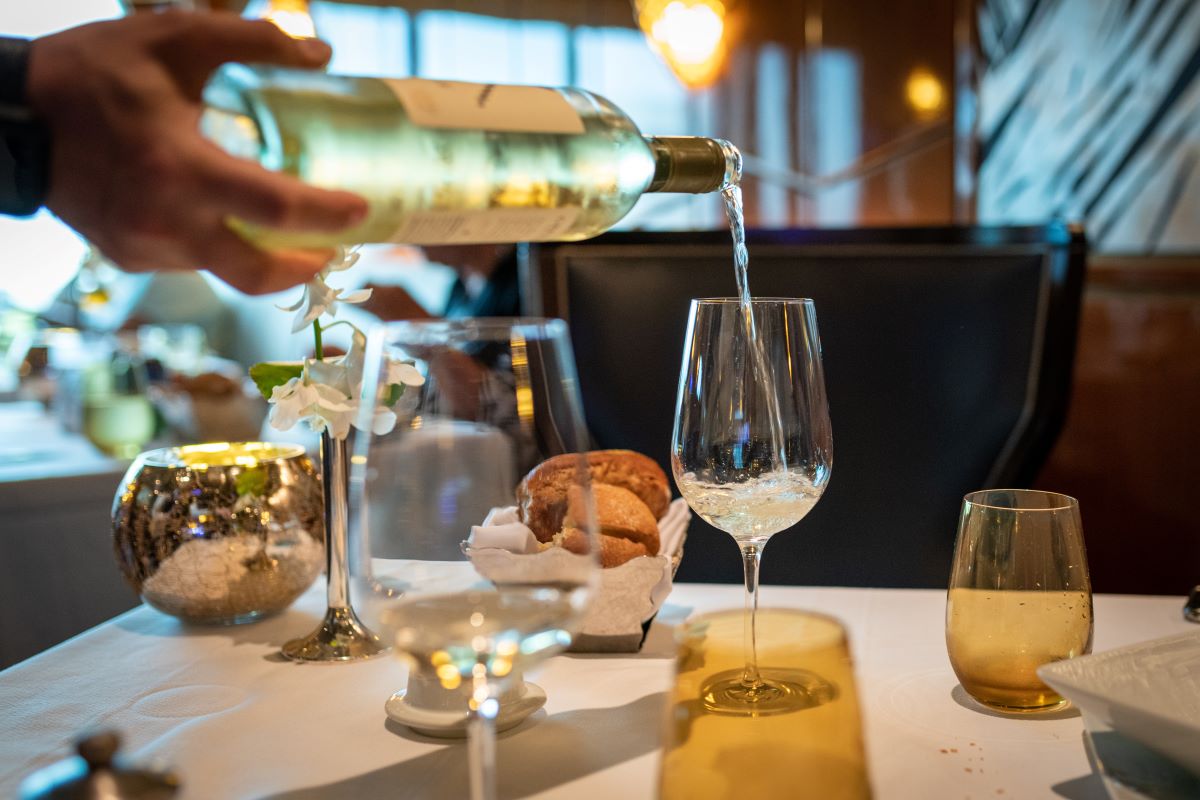
Some of our favorite Italian wineries
So after all this chit chat, let’s get to the point! What are some good wines that you can order during your stay in Italy?
Most Italian wine lists are divided into the regions where the wine was produced, so read on for some of our favorite wineries by region. And don’t worry, there’s something for every budget!
Wineries from Lazio
The Lazio region around Rome is famous for white wines like Malvasia and Trebbiano and red wines like Merlot, Sangiovese, and Cesanese. It’s not one of the most famous Italian wine regions but you’ll find some good wine here! While ordering at a restaurant, keep in mind wineries like Casale del Giglio, Falesco, and Marco Carpineti.
Wineries from Tuscany
If you’re searching for a red, then a wine from Tuscany is the way to go. Tuscany is famous worldwide for its red wine, from the Sangiovese (Chianti) to the Merlot, Cabernet Sauvignon, and Canaiolo Nero. Some wineries to keep in mind as you order are Castello Banfi, Marchesi Antinori, and Bolgheri.
Insider’s tip: Visiting Tuscany? Check out these amazing vineyards near Florence!
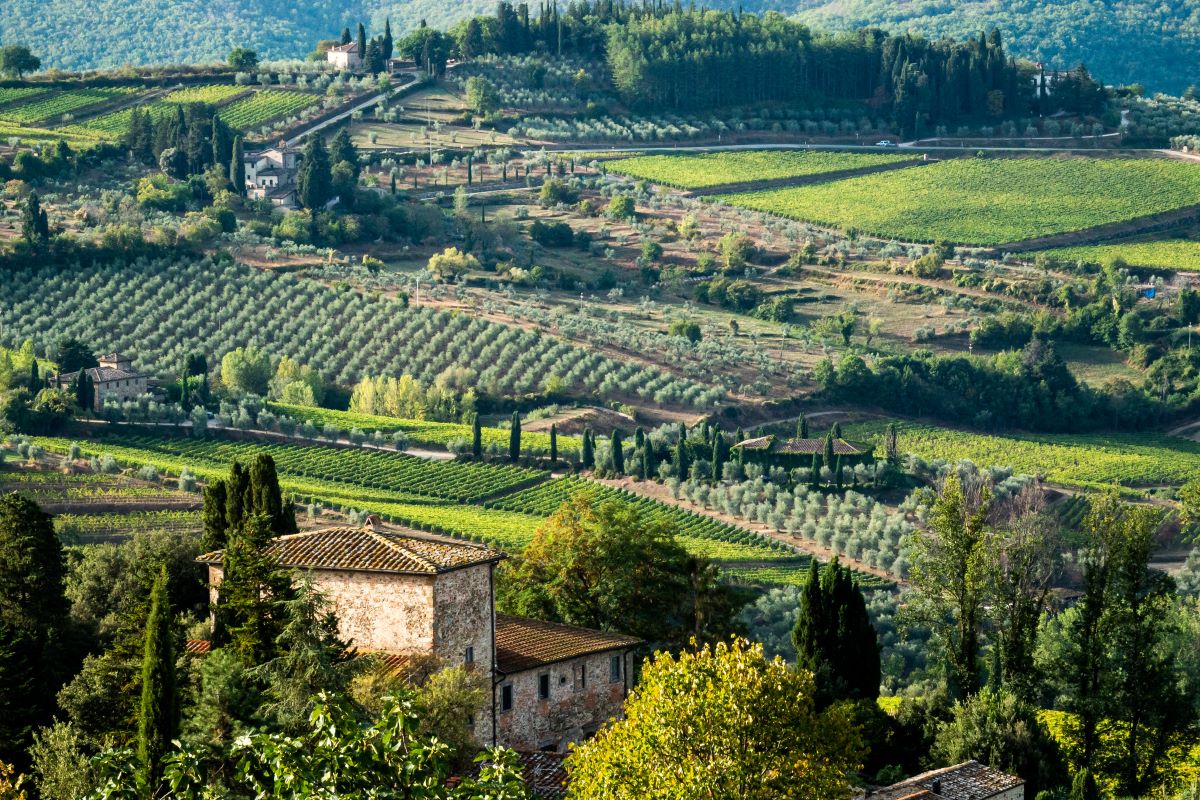
Wineries from Friuli-Venezia Giulia
Go for a Friuli-Venezia Giulia wine if you’re into white wines with more aromatic flavours. Famous for Pinot Grigio, Chardonnay and Sauvignon Blanc, but also look out for their Merlots. A-list wineries are Jermann, Livio Felluga and Lis Neris.
Wineries from Piedmont
Piedmont is yet another world-famous wine region, and they have a great mix of reds and whites. They’re famous for the Nebbiolo, Barbera, and Dolcetto for reds and the Arneis, Cortese (Gave), and Moscato D’Asti for whites. Wineries to remember are Marchesi di Barolo, Ceretto, and Braida.
Wineries from Veneto
For one of the best reds, choose from the Veneto region and keep your eyes open for the Valpolliccella (Corvina) and Merlot for reds, and Soave and Pinot Grigio for whites. Not to mention the world-famous prosecco! Wineries to keep in mind are Masi, Bolla, and Quintarelli Giuseppe.

Wineries from Umbria
Another great region for red wine is Umbria. This region is known for its sweet Sagrantino, Merlot, and Sangiovese. If you’re into white, Grechetto and Trebbiano are the local production. Arnaldo Caprai, Perticaia, Lungarotti are all great wineries to remember!
Explore Rome’s Cuisine Like a Local
Join one of our top-rated Rome food tours! With the help of our expert local guides, you’ll get to taste the best of Rome and learn about its fascinating culinary history.
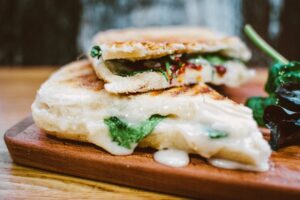








Thanks for the education!
Go forth and drink wine! 🙂